BY EVE LAPLANTE & MARGY BURNS KNIGHT; ILLUSTRATED BY ALIX DELINOIS ‧ OCT. 15, 2024
A gallery of intrepid American groundbreakers, pathfinders, and activists who have earned commemorative statues.
Starting at the U.S. Capitol and ranging as far afield as an airport in Austin, Texas, and a park in Napa, California, the book covers more than a dozen figures—all either women, people of color, or both—who have been immortalized in stone or bronze. Many of the names will likely be unfamiliar to young readers. Beginning with Thocmetony Sarah Winnemucca, the first published Native American woman author, and continuing on past the inspirational likes of Anne Hutchinson (who was banished from colonial Massachusetts for illegally teaching men), comet discoverer Maria Mitchell, and Olympians and activists Tommie Smith and John Carlos, each entry features a brief but sonorous initial annotation and a more detailed one in the backmatter that identifies the statues’ sculptors. Delinois’ painterly images don’t always capture the individual style or character of the monuments the way photos would have, but he does take advantage of his medium to add homey or historical flourishes, such as a view of Deborah Sampson—who dressed in men’s clothes in order to fight in the American Revolution—blasting away at a group of redcoats and an image of a child in a wheelchair seated next to a chatty effigy of Everglades advocate Marjory Stoneman Douglas in a garden near Miami. An oblique closing reference to commemorative statues being removed or replaced in many localities ends this powerful recitation on a cogent note.
Deserving but less prominent luminaries shine more brightly here. (Informational picture book. 7-10)



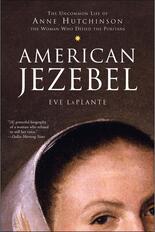
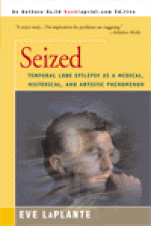
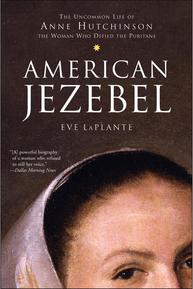
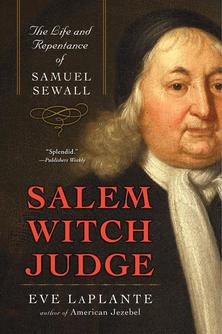
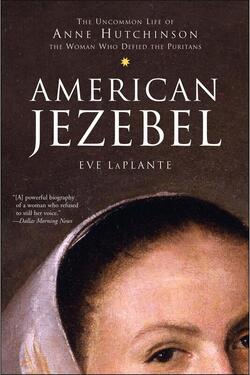
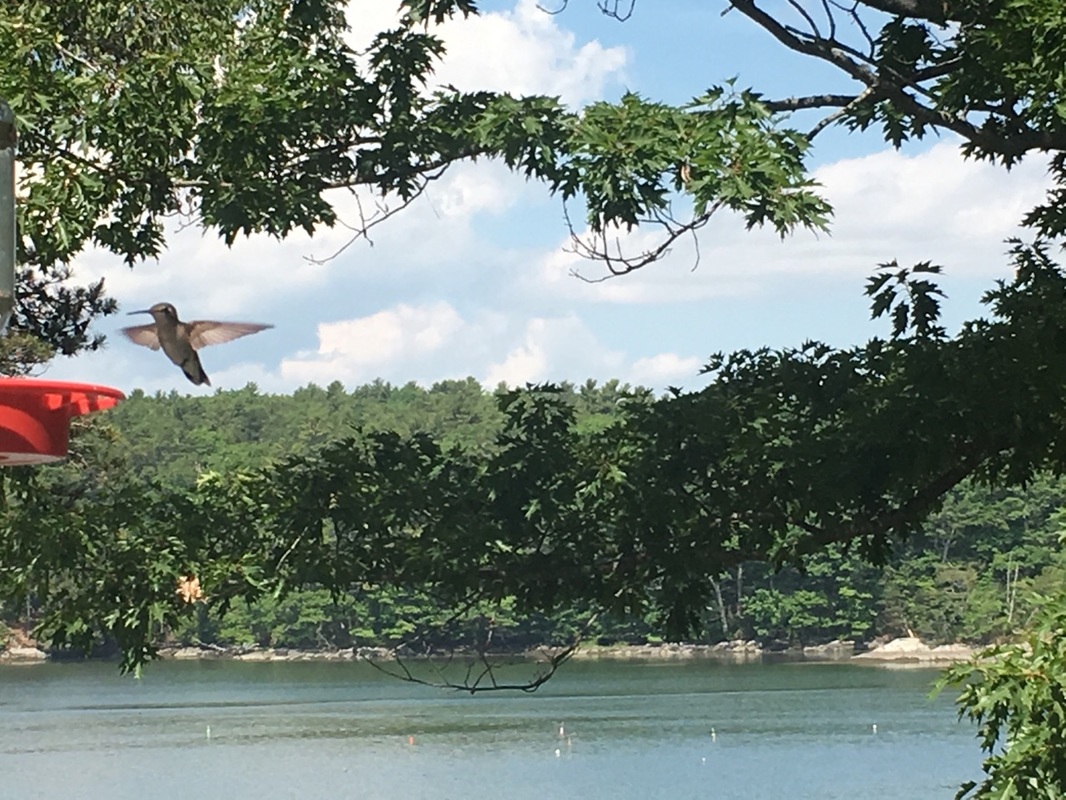
 RSS Feed
RSS Feed